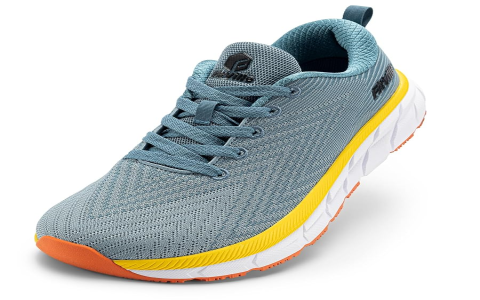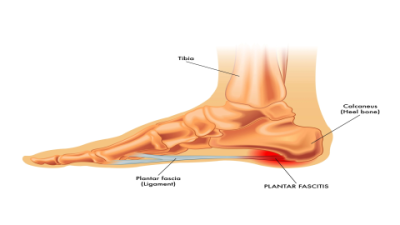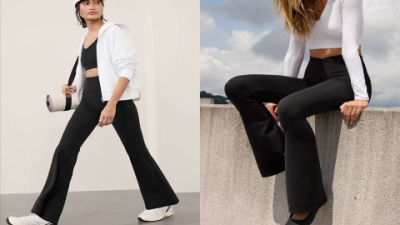1. Comfort and Health Focus: Why Shoe Fit Truly Matters
Why Your Shoe Fit Could Be the Secret to Happy Feet
You might not realize it, but wearing shoes that don’t fit your feet properly can cause all sorts of problems—from annoying blisters to serious foot pain. It’s not just about how soft or cushy your shoes feel; it’s about how well they fit your unique foot shape. Wide shoes and regular shoes offer different kinds of comfort depending on what your feet need.
Common Foot Problems Caused by Poor Shoe Fit
Wearing the wrong shoe width can lead to:
1. Blisters and calluses
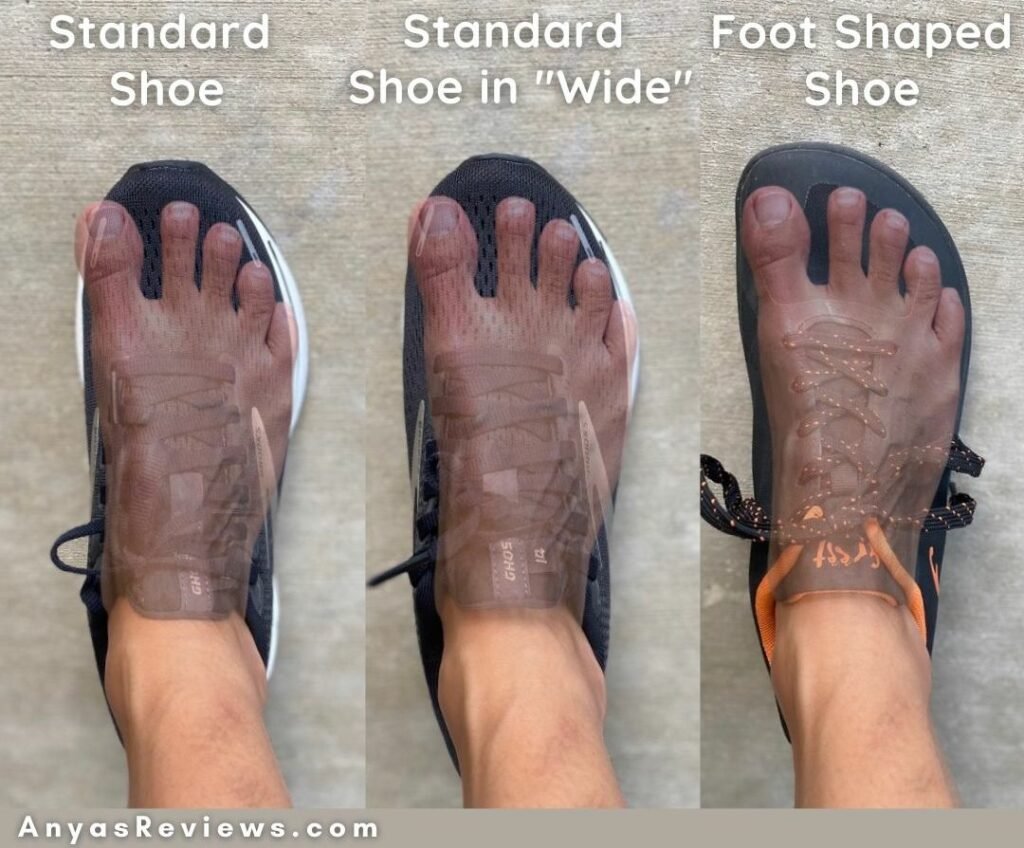
2. Heel pain (like plantar fasciitis)
3. Bunions and hammertoes
4. Swelling and numbness
5. Back and knee pain
How to Pick the Right Width for Maximum Comfort
A quick way to check your foot width is to measure it at home. Use a measuring tape or print out a foot gauge, and don’t forget to measure in the afternoon when your feet are naturally a bit swollen—that way, you get the most accurate size.
Pro Tips for Keeping Your Feet Healthy
- Choose shoes made with breathable materials
- Avoid laces or straps that squeeze your feet too tight
- Rotate your shoes regularly to avoid wear spots
- Add cushioned insoles for extra support when needed
2. Style and Fashion Perspective: Can Wide Shoes Be Trendy?
Wide vs Regular Shoes: Style Myths Busted!
If you think wide shoes are just for comfort and look bulky or outdated, it’s time to think again. These days, many sneaker brands and designers are creating wide shoes that look just as fresh and stylish as regular ones.
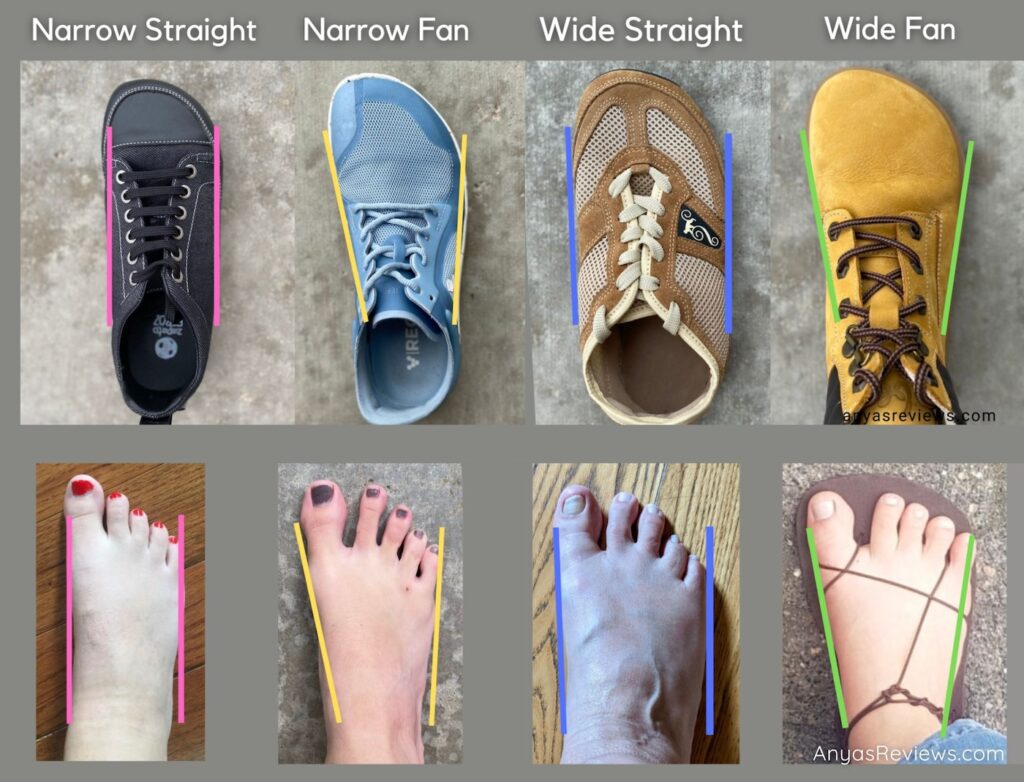
Trendy Wide Shoe Styles You’ll Love
Here are some wide shoe styles that are totally on-trend:
1. Chunky sneakers in bold colors
2. Sleek loafers with roomy toe boxes
3. Casual slip-ons perfect for summer days
4. Classic boots with extra space
5. Sporty sandals with adjustable straps
6. Minimalist wide-width running shoes
7. Statement heels designed for comfort
How to Rock Wide Shoes Without Sacrificing Style
Try pairing wide shoes with skinny jeans or cropped pants to balance your look. Adding fun socks or colorful laces can also make your shoes stand out in a cool way.
3. Performance and Activity-Based Angle: Which Width Wins for Sports?
Wide vs Regular Shoes for Running, Walking & Gym
Athletes often wonder whether wide or regular shoes are better. The truth is, it depends on your foot shape and what you’re doing. Wide shoes let your toes spread out more, which can help with balance and reduce injuries.
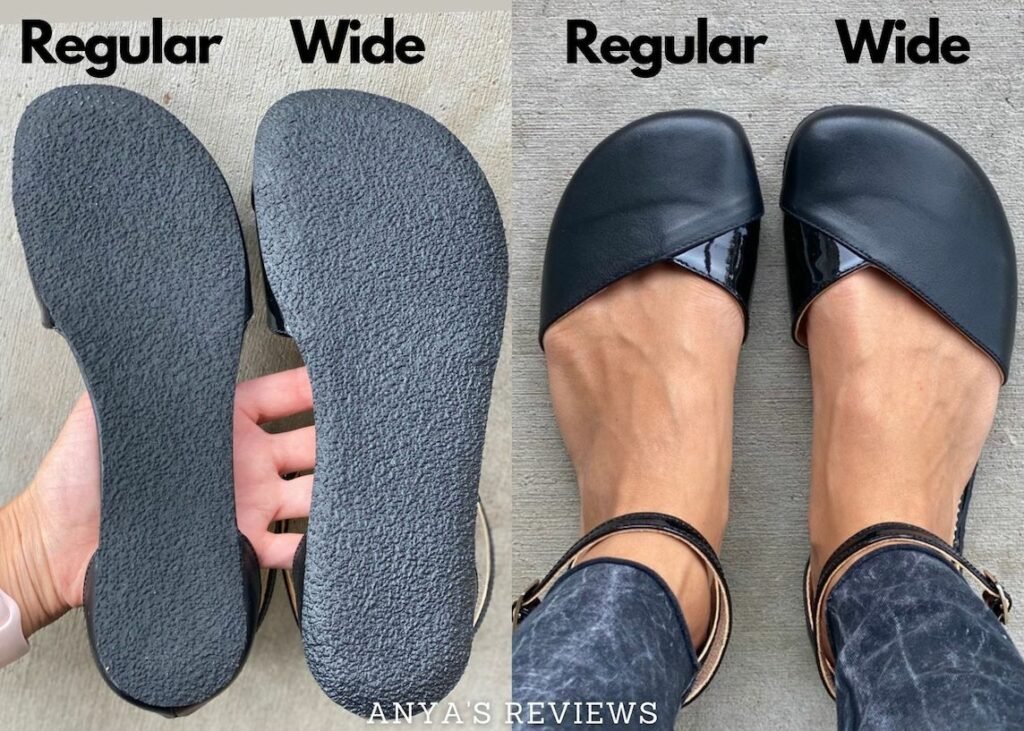
Key Benefits of Wide Shoes for Active Feet
Wide shoes can offer:
- Better shock absorption
- Less friction and fewer blisters
- More stability during side-to-side moves
- Improved blood flow
How to Choose the Best Shoe Width for Your Sport
- Running: A slightly wider shoe helps your foot expand naturally
- Walking: Regular width works for most, but go wide if you have flat feet
- Gym workouts: Wide shoes offer better side support for lifting and jumping
- Hiking: Wide shoes prevent toe cramps on rough trails
4. Sizing and Measurement Guide: Find Your Perfect Fit
The Ultimate 5-Step Guide to Measuring Your Foot Width at Home
1. Put a piece of paper on a flat floor

2. Stand on the paper with your full weight
3. Trace your foot outline with a pencil
4. Measure the widest part of your foot with a ruler
5. Match your measurement to shoe width charts (like D, E, EE)
What Do Shoe Width Labels Really Mean?
Here’s a quick rundown:
- B = Narrow (usually for women)
- D = Regular (usually for men)
- E, EE = Wide and extra wide
Knowing these can save you from buying shoes that don’t fit right!
When to Consider Custom or Orthopedic Shoes
If your feet don’t fit into standard widths or you have special foot issues, custom shoes might be worth it. They’re made to fit your feet perfectly and provide extra support.
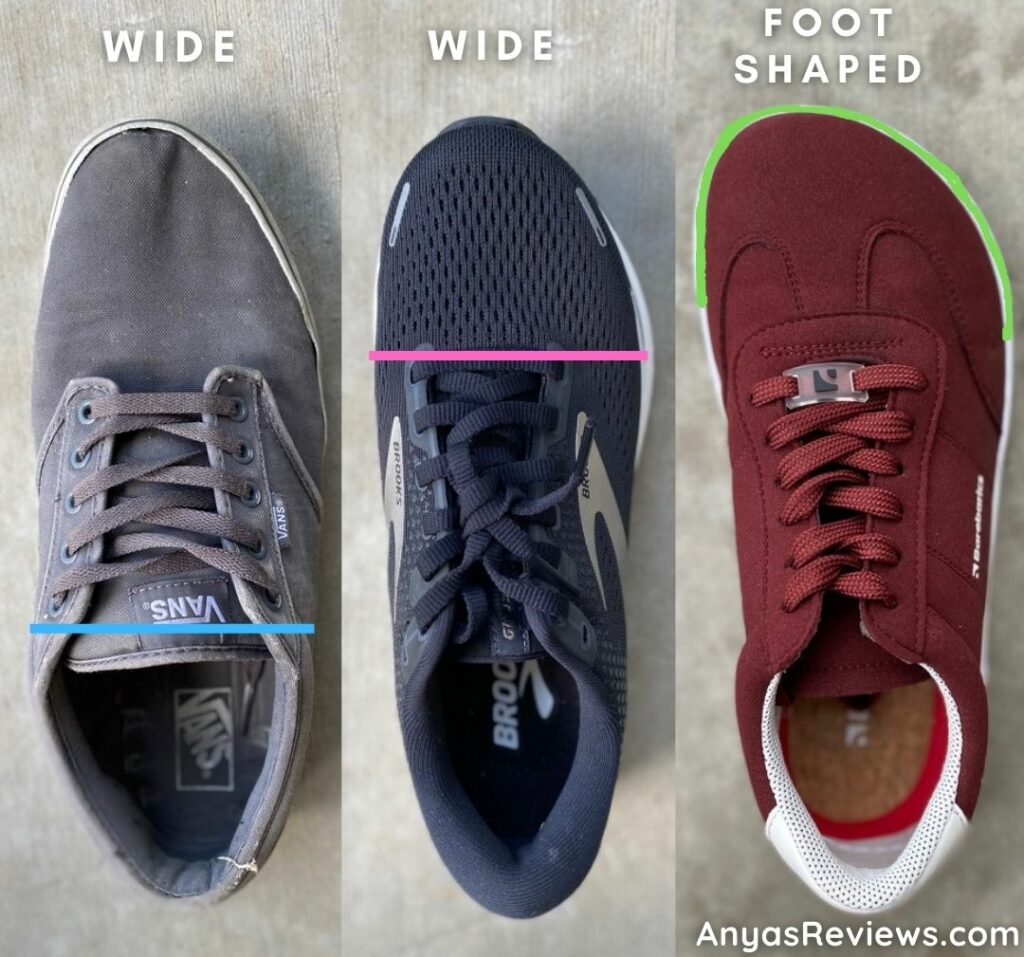
5. Cost and Value Comparison: Are Wide Shoes Worth It?
Wide vs Regular Shoes: Price Breakdown You Need to Know
Wide shoes sometimes cost a little more because of their special design, but the extra comfort is usually worth it. Prices can range from $ to $ depending on the brand and materials.
Ways Wide Shoes Save You Money in the Long Run
1. Less foot pain means fewer trips to the doctor
2. Better durability means you replace shoes less often
3. You might not need pricey insoles or orthotics
Best Budget-Friendly Wide and Regular Shoe Brands
- Wide: New Balance, Skechers, Clarks
- Regular: Nike, Adidas, Vans
Keep an eye out for sales and online discounts to get the best deals!
6. Common Myths and Misconceptions About Shoe Width
Myths About Wide and Regular Shoes—Busted!
1. Wide shoes are only for people with foot problems (Nope!)
2. Regular shoes fit everyone perfectly (Not true!)
3. Wide shoes look bulky and unattractive (Not anymore!)
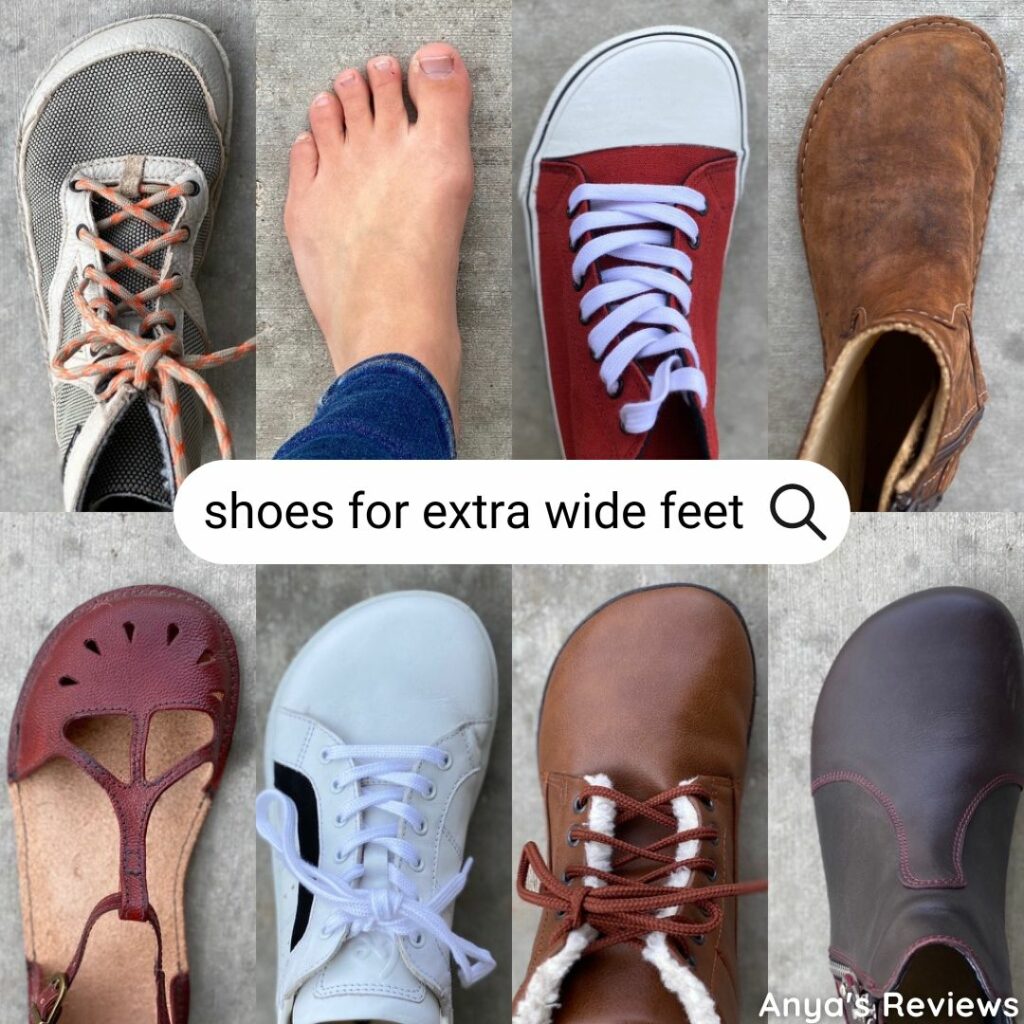
4. You can just buy a bigger size instead of going wide (That won’t work)
5. Wide shoes aren’t durable (Depends on the brand and materials)
Why Getting the Right Width Beats Guesswork Every Time
Wearing shoes that fit your foot shape properly supports your natural foot structure and can prevent pain and posture problems.
7. Foot Types and Shoe Width Matching: What’s Your Foot Type?
Discover Your Foot Type in Easy Steps
- Wet test: Wet your foot and step on paper to see your arch shape
- Visual check: Look at your foot arch—flat, normal, or high
- Feel test: Notice if certain parts of your foot feel sore or pressured
Which Shoe Width Works Best for These Foot Types?
| Foot Type | Recommended Width | Tips |
|---|---|---|
| Flat Feet | Wide (E, EE) | Look for good arch support |
| High Arches | Regular (D) | Cushioning is key |
| Wide Feet | Wide (E, EE) | Avoid narrow toe boxes |
| Narrow Feet | Narrow (B) or Regular (D) | Adjustable straps help |
How Your Foot Width Can Change Over Time
Your foot size and width can change due to weight gain, pregnancy, or just getting older. It’s a good idea to measure your feet regularly to make sure your shoes still fit right.
8. User Experience and Testimonials: Real Talk on Shoe Width
Stories From People Who Switched to Wide Shoes
- Sarah, 25: “Switching to wide shoes stopped my bunion pain!”
- Mike, 30: “Wide shoes gave me better balance during workouts.”
- Emma, 22: “Finally found sneakers that fit my wide feet perfectly.”
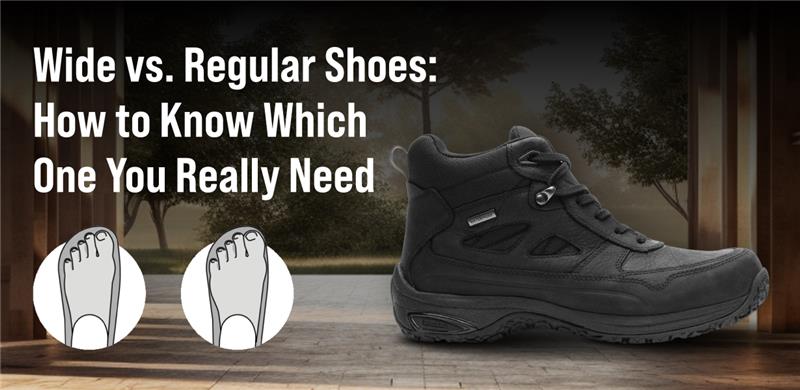
- Jason, 28: “No more blisters on long hikes thanks to wide shoes!”
The Pros and Cons According to Real Users
| Pros | Cons |
|---|---|
| More comfort | Sometimes fewer style options |
| Less foot pain | Can cost a bit more |
| Better fit for wide feet | May feel loose if not the right size |
9. Brand and Model Recommendations: Where to Shop
Top Wide Shoe Brands Loved by Young Shoppers
1. New Balance – Famous for wide running shoes
2. Skechers – Stylish and comfy wide options
3. Clarks – Dress shoes with wide widths
4. ASICS – Great performance shoes with wide fits
5. Brooks – Perfect for wide-footed runners
Best Regular Shoe Brands for Everyday Wear
Nike, Adidas, Vans, Converse, and Puma all offer a great range of styles and sizes.
How to Shop Smart: Return Policies and Try-On Tips
- Always check the return policy before buying online
- Try shoes on at the end of the day when your feet are a bit swollen
- Walk around the store to make sure the fit feels right

10. Footwear Technology and Innovation: The Future of Shoe Widths
How Tech Is Changing Wide and Regular Shoes
From 3D foot scanning to customizable insoles, shoe brands are using new technology to make shoes fit better and feel more comfortable.
Cool Innovations You Should Know About
- 3D-printed midsoles made just for your feet
- Shoes with stretch materials that adjust to your foot width
- Smart insoles that track where you put pressure
- Eco-friendly materials that keep your feet cool and dry
What’s Next? The Future of Personalized Shoe Fit
Soon, AI-powered shoe recommendations and fully customizable shoes will be common, making it easier than ever to find your perfect fit.
Final Thoughts: Your Feet Deserve the Perfect Fit!
Choosing between wide and regular shoes isn’t just about looks—it’s about feeling good, staying healthy, and performing your best. Use this guide to understand your feet, measure properly, and pick shoes that keep you comfortable every step of the way. Your feet will thank you!
